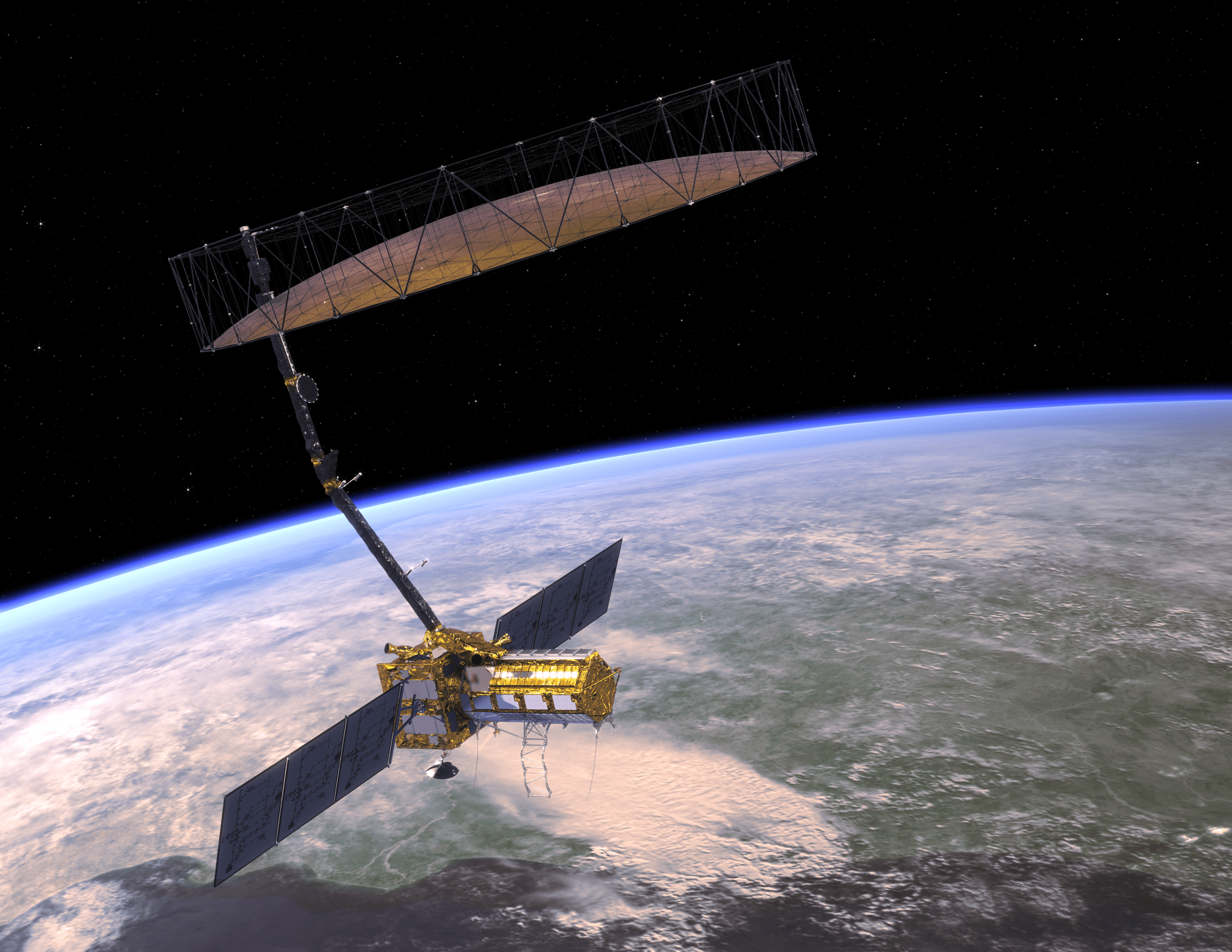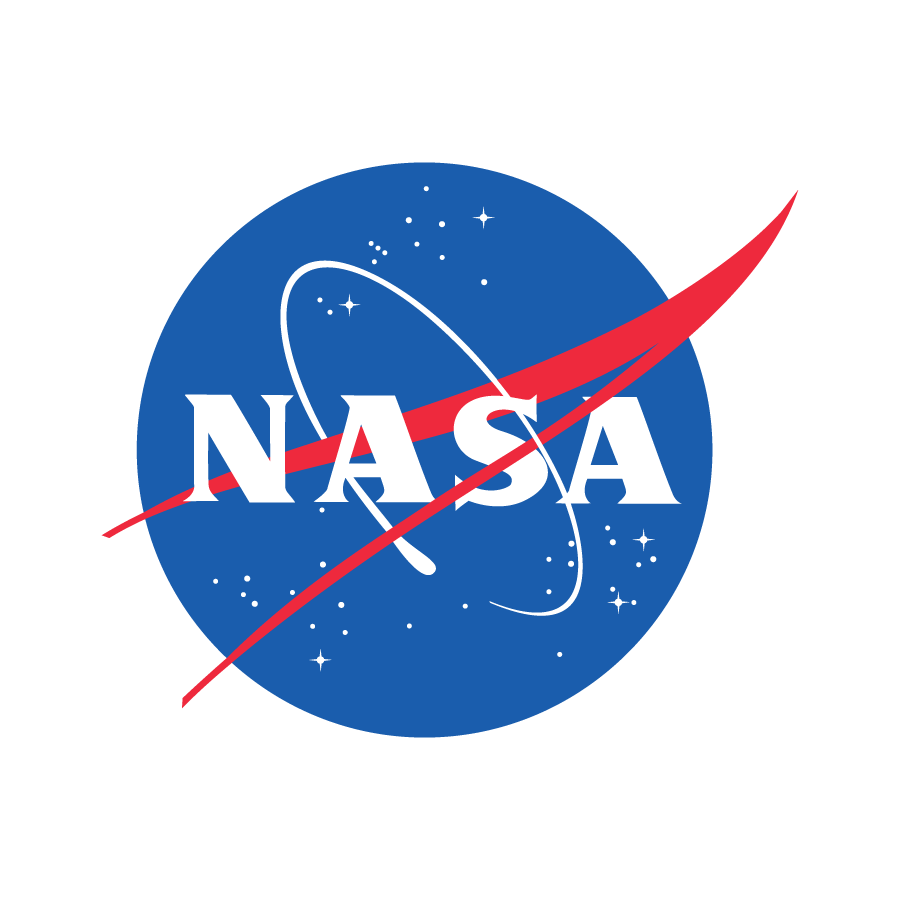Decadal Survey
NASA relies on the science community to identify and prioritize leading-edge scientific questions and the observations required to answer them. One principal means by which NASA’s Science Mission Directorate engages the science community in this task is through the National Research Council (NRC). The NRC conducts studies that provide a science community consensus on key questions posed by NASA and other U.S. government agencies. The broadest of these studies in NASA’s areas of research are decadal surveys. As the name implies, NASA and its partners ask the NRC once each decade to look out 10 or more years into the future and prioritize research areas, observations, and notional missions to make those observations.
On Jan. 5, 2018, at the request of NASA, the National Oceanic and Atmospheric Administration (NOAA) and the U.S. Geological Survey (USGS), the Committee on the Decadal Survey for Earth Science and Applications from Space (ESAS) of the National Academies of Sciences, Engineering and Medicine (NASEM) Space Studies Board, Division on Engineering and Physical Sciences released the 2017 Decadal Survey, “Thriving on Our Changing Planet: A Decadal Strategy for Earth Observations from Space.” The 700-page document is the second such Earth sciences survey produced by NASEM. The first, “Earth Science and Applications from Space: National Imperatives for the Next Decade and Beyond,” was released in 2007.
The 2017 Decadal notes that comprehensive observations of Earth’s changes help us understand the myriad natural and man-made changes to the planet, and are essential to ensure a thriving society. The 2017 Decadal addresses 35 key science and applications questions, and those with objectives prioritized as most important fell into six categories:
- Coupling of the water and energy cycles.
- Ecosystem Change.
- Extending and Improving Weather and Air Quality Forecasts.
- Reducing Climate Uncertainty and Informing Societal Response.
- Sea Level Rise.
- Surface Dynamics, Geological Hazards and Disasters.
The Decadal committee also noted in the report that its Decadal Community Challenge (see below) “will motivate the scientific community to pioneer novel approaches in how it conducts its scientific research, with an emphasis on programmatic and technological innovation to accomplish more with less, with greater attention to the potential benefits of domestic and international partnerships along with the growing capability of commercial sources.” (Emphasis in original.)
Decadal Community Challenge
Pursue increasingly ambitious objectives and innovative solutions that enhance and accelerate the science/applications value of space-based Earth observations and analysis to the nation and to the world in a way that delivers great value, even when resources are constrained, and ensures that further investment will pay substantial dividends.
Among its recommendations for NASA, the Decadal Survey:
- Supports the completion of NASA’s Earth Science Division (ESD) and international existing Program of Record (see Appendix A).
- Identifies five designated foundational observations to be implemented as cost-capped medium- and large-size missions directed or competed at the discretion of NASA:
- Introduces a new, competed “Earth System Explorer” line involving competitive opportunities for medium-sized instruments and missions.
- Recommends a “Venture Continuity” strand to provide opportunity for low-cost sustained observations.
- Recommends a new “Incubator Program” focused on investment for priority observation opportunities needing advancement prior to cost-effective implementation, including an Innovation fund to responds to emerging needs.
- Explicitly allows implementation flexibility and encourages competition as a cost-control method.
- Notes the value of ― and encourages ― international partnerships.



